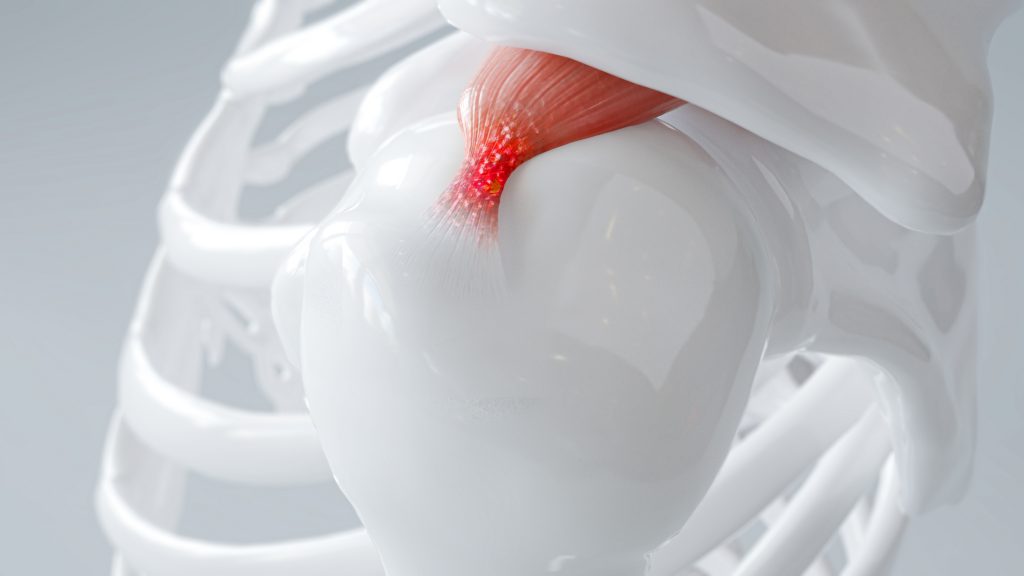Microdiscectomy vs. Traditional Open Back Surgery: A Comparison

When considering surgical options for spinal disc problems, two standard procedures arise: Microdiscectomy and Traditional Open Back Surgery. Both entail incisions in the back and necessitate recovery and rehabilitation periods. However, understanding the critical differences between them is crucial. Which procedure offers better pain relief and functional restoration? What are the associated risks and complications? We can determine the most suitable choice for individual needs by dissecting these aspects.
What is Microdiscectomy?
Microdiscectomy is a minimally invasive surgical procedure aimed at treating lumbar disc herniation. By removing the portion of the herniated disc and compressing nerve roots in the lumbar spine, pressure on the nerves is alleviated, reducing pain and enhancing mobility. This procedure involves a small incision in the back and specialized instruments, enabling precise removal of the damaged disc segment. With minimal disruption to surrounding tissues and faster recovery times compared to traditional open surgery, microdiscectomy offers significant relief from symptoms like sciatica and leg pain, making it an effective treatment option for disc herniation.
What is Traditional Open Back Surgery?
Traditional open-back surgery is a more invasive approach to treating spinal disc problems like lumbar disc herniation. It involves a larger incision in the back to access the affected area for decompression. Unlike microdiscectomy, which is minimally invasive, traditional open-back surgery entails more tissue trauma and longer recovery times due to the larger incision. Surgeons must navigate through muscles and tissues surrounding the spine, leading to increased postoperative pain and potential muscle weakness. Moreover, the larger incision increases the risk of infection and prolongs hospital stays compared to microdiscectomy. Despite these drawbacks, open back surgery may be necessary for complex or multi-level disc herniations requiring a more extensive decompression approach.
Comparing Microdiscectomy and Traditional Open Back Surgery: Similarities in Surgical Approach, Incision Placement, and Recovery
Microdiscectomy and traditional open-back surgery are both surgical procedures aimed at addressing spinal disc problems, although they differ in approach and technique. Microdiscectomy is minimally invasive, targeting the specific part of the herniated disc pressing on the nerve root. At the same time, traditional open-back surgery requires a larger incision and more extensive tissue disruption to access the affected area. Despite these differences, both procedures aim to relieve pressure on the spinal cord or nerves, alleviate pain, and improve function. They both involve making an incision in the back to access the lumbar spine, with the size and location of the incision influencing recovery time and outcomes. Following surgery, patients require a period of recovery and rehabilitation, including physical therapy, to promote healing and restore functionality. Adhering to postoperative care instructions and maintaining a healthy lifestyle are essential for optimal recovery and long-term effectiveness of the surgical procedure.
What are the Differences Between Microdiscectomy and Traditional Open Back Surgery?
Microdiscectomy and traditional open-back surgery both address spinal disc problems but differ in key aspects like incision size, invasiveness, and tissue removal. Microdiscectomy uses a small incision and removes only the herniated disc portion pressing on nerves, minimizing tissue damage. In contrast, traditional open-back surgery involves a larger incision and more extensive tissue and bone removal. Microdiscectomy’s lower invasiveness reduces complications, blood loss, and hospital stay duration compared to traditional surgery.
Size and Location of Incision: In microdiscectomy, the incision is smaller and directly over the affected disc, minimizing tissue disruption and resulting in faster recovery and less postoperative pain.
Level of Invasiveness: Microdiscectomy is less invasive than traditional open-back surgery, causing minimal disruption to surrounding spinal structures. Conversely, conventional open-back surgery involves larger incisions and more muscle dissection, leading to increased trauma and potential complications. Due to its reduced trauma, microdiscectomy results in quicker recovery, less pain, and improved patient mobility.
Amount of Tissue and Bone Removal: Microdiscectomy selectively removes the damaged disc portion, causing nerve pressure, preserving spinal stability, and minimizing disruption to surrounding tissues. Conversely, traditional open-back surgery often involves extensive tissue and bone removal, leading to longer recovery times and higher complication risks.
Use of Microscope or Endoscope: Microdiscectomy often uses microscopes or endoscopes to improve precision, while traditional open-back surgery may use alternative visualization methods. These tools magnify structures around the affected disc, aiding surgeons in inaccurate operation and minimizing tissue damage. Enhanced precision reduces trauma, faster recovery, and improved outcomes for microdiscectomy patients.
Duration of Surgery: Microdiscectomy surgeries are typically shorter than traditional open-back surgeries, potentially influencing surgical outcomes and recovery. Due to its minimally invasive nature, microdiscectomy requires less operative time, reducing anesthesia exposure and intraoperative risks. Conversely, traditional open-back surgeries often take longer, increasing the chances of complications and postoperative challenges.
Which Procedure is More Effective for Treating Spinal Disc Problems?
Determining the effectiveness of microdiscectomy versus traditional open back surgery involves assessing factors like success rates, complication rates, recovery time, and pain relief.
Minimally invasive microdiscectomy generally shows higher success rates and lower complication rates compared to traditional open-back surgery. Studies indicate quicker recovery and reduced postoperative pain with microdiscectomy, enhancing patient satisfaction.
While effective, traditional open-back surgery may lead to more extended recovery periods and higher complication risks. Microdiscectomy’s targeted approach results in significant postoperative pain relief, improving patient outcomes.
Success rates vary based on patient condition, surgical approach, and postoperative care.
Microdiscectomy is associated with lower complication rates due to smaller incisions and less tissue disruption. Recovery and pain relief tend to be quicker with microdiscectomy, emphasizing the importance of comprehensive postoperative care.
Comparing microdiscectomy and traditional open-back surgery involves evaluating success rates, complication rates, recovery time, and pain relief. Microdiscectomy generally shows higher success rates and lower complication rates, with quicker recovery and pain relief.
What are the Risks and Complications of Microdiscectomy and Traditional Open Back Surgery?
Both microdiscectomy and traditional open-back surgery come with risks and potential complications, including infection, nerve damage, and adverse reactions to anesthesia.
Microdiscectomy, while less invasive, still carries risks such as nerve root injury, bleeding, spinal fluid leak, and recurrent disc herniation. Infection control is crucial post-surgery to prevent complications.
Traditional open-back surgery is more invasive, with higher risks of infection, blood clots, and longer recovery times. Complications can lead to extended hospital stays and impact recovery.
Postoperative care is essential for both procedures to minimize risks and ensure optimal outcomes.
Which Procedure is More Cost-Effective?
The cost-effectiveness of microdiscectomy versus traditional open back surgery depends on factors such as hospital stay duration, surgical equipment, and postoperative care expenses. Understanding the economic implications is crucial for both healthcare providers and patients. Surgery costs, imaging studies, and rehabilitation services greatly influence the overall financial burden on the patient.
Which Procedure is Right for Me?
Choosing between microdiscectomy and traditional open back surgery depends on factors like the severity of the spinal condition, personal preferences, and desired outcomes. Patients must consider the invasiveness, recovery time, and risks of each procedure, along with their age, overall health, and lifestyle. Microdiscectomy offers quicker recovery and less invasion, while traditional open-back surgery may be necessary for more extensive decompression. Tailoring the treatment plan to individual needs improves outcomes and patient satisfaction.

